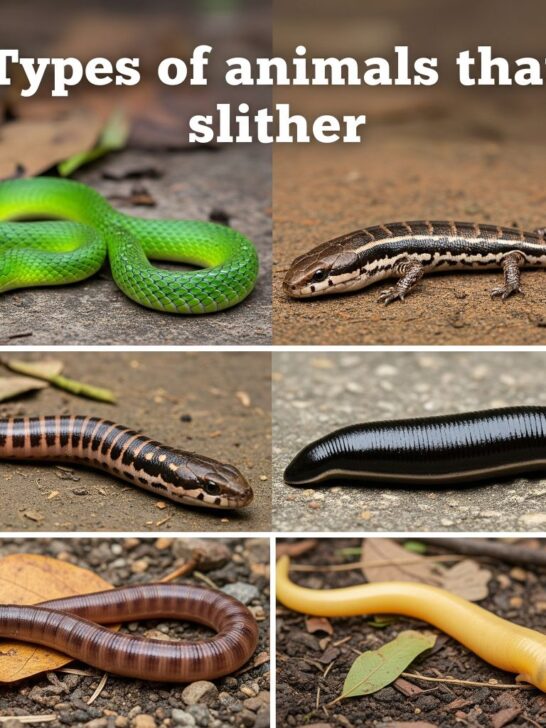In the natural world, movement is as diverse as life itself. While many animals walk, run, fly, or swim using legs or wings, a fascinating array of creatures have perfected a different mode of travel—slithering. This unique, undulating motion, defined by a body sliding or gliding along a surface without the aid of legs, is a hallmark of some of the planet’s most enigmatic species. Though snakes immediately come to mind, slithering is practiced by a much broader cast of animals, each with astonishing adaptations that illuminate the complexity and wonder of evolution.
This article explores the breadth of slithering animals, the mechanics and biology of their movement, their ecological niches, and why slithering—a seemingly simple way to get around—has enthralled scientists and inspired storytellers for centuries.
Post Contents
- What Does It Mean to Slither?
- The Mechanics of Slithering
- List of Animals That Slither: Nature’s Silent Movers
- 🐍 Reptiles That Slither
- 🪱 Invertebrates That Slither
- 🐟 Aquatic Animals That Slither
- 🐸 Amphibians That Slither
- 🌍 Other Slithering Creatures
- 🧠 How Slithering Works: Modes of Movement
- 🔍 Why Slither?
- Why Slither? Evolutionary Advantages
- The Diversity of Slithering Animals
- The Physics of Slithering: More Than Just Muscles
- Slithering in Culture and Science
- Conclusion: The Art of Slithering
What Does It Mean to Slither?
To slither is to move smoothly over a surface, propelled by the body rather than by legs or fins. Slithering is distinguished from crawling by the continuous, fluid motion often associated with animals lacking limbs. Most slithering animals have long, flexible bodies, but some with reduced or residual limbs can also achieve this locomotion by integrating undulatory muscle contractions with sliding body parts.
The Mechanics of Slithering
Anatomy: Built for Limbless Locomotion
Slithering animals—whether snake, worm, or snail—typically feature:
- Elongated bodies: Ideal for generating the waves required for propulsion
- Flexible spines and ribs: Especially in reptiles like snakes, where hundreds of vertebrae produce sinuous curves
- Specialized muscle groups: Allow for coordinated contractions along the body’s length
- Adapted surfaces: Scales (snakes), mucus (slugs, snails), or bristles (some worms) help manage friction and enhance grip
Modes of Slithering: How Animals Glide
Slithering isn’t a single movement, but a category with surprising variety:
In Snakes, Four Primary Modes Dominate:
- Serpentine (lateral undulation): Most familiar “S-shaped” waves, pushing off objects for forward movement; highly effective on rough terrains
- Concertina: Body bunches and extends alternately, suited for tight spaces like burrows or narrow branches
- Rectilinear: Subtle, straight-line advancement, often used by heavy-bodied snakes; involves rippling abdominal muscles and belly scales
- Sidewinding: Employed on loose or slick surfaces like sand, this movement involves only portions of the body touching the ground at a time, minimizing slip
Other animals have their own methods:
- Worms: Use muscular waves and bristles to anchor and pull forward
- Snails and Slugs: Glide atop a trail of mucus, the foot’s muscular contractions propelling and smoothing the way forward
- Legless Lizards: Combine lateral undulation with chest and belly scales to navigate diverse habitats
A Question of Friction…and Evolution
The science of slithering is, at its core, the management of friction. Snakes, for example, have bellies covered in specialized scales that grip the ground, allowing the animal to push itself forward with minimal energy loss. These adaptations, along with the ability to lift parts of their body off the ground, make them undisputed champions of terrestrial limbless motion.
List of Animals That Slither: Nature’s Silent Movers
Slithering is one of the most fascinating and mysterious forms of locomotion in the animal kingdom. Defined by smooth, serpentine motion without legs or wings, this movement style allows animals to traverse diverse environments—from forest floors to desert dunes, and even ocean beds. While snakes may be the first creatures that come to mind, many other animals also slither, including worms, eels, legless lizards, and more.
This article explores a comprehensive list of animals that slither, grouped by type, with unique features, habitats, and fun facts.
🐍 Reptiles That Slither
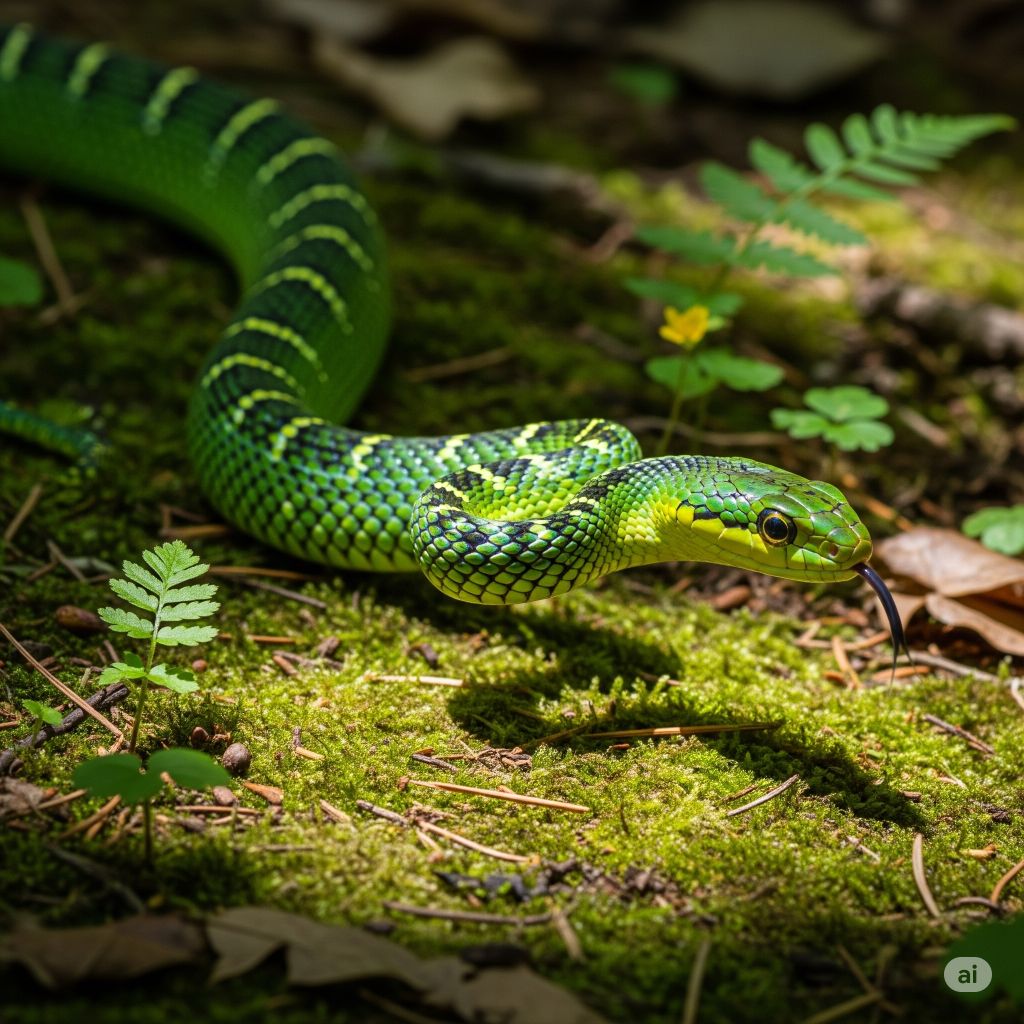
1. Snakes
Snakes are the most iconic slithering animals. They use muscular contractions and scales on their bellies to push against surfaces and move.
- Examples:
- King Cobra
- Python
- Boa Constrictor
- Garter Snake
- Coral Snake
- Habitat: Forests, deserts, wetlands, grasslands, oceans (sea snakes)
- Special Traits: Forked tongues, heat-sensing pits, venom in some species
Fun Fact: Some snakes can swim, glide through the air, or burrow underground—all without limbs.
2. Legless Lizards

While they resemble snakes, legless lizards are distinct. They evolved to lose their limbs through a different evolutionary path.
- Examples:
- European Slow Worm
- Burton’s Legless Lizard
- California Legless Lizard
- Habitat: Grasslands, woodlands, and sandy soils
- Traits: Blinking eyelids (unlike snakes), external ears, tail regeneration
Fun Fact: Most legless lizards have a longer tail than body—unlike snakes.
🪱 Invertebrates That Slither
3. Earthworms
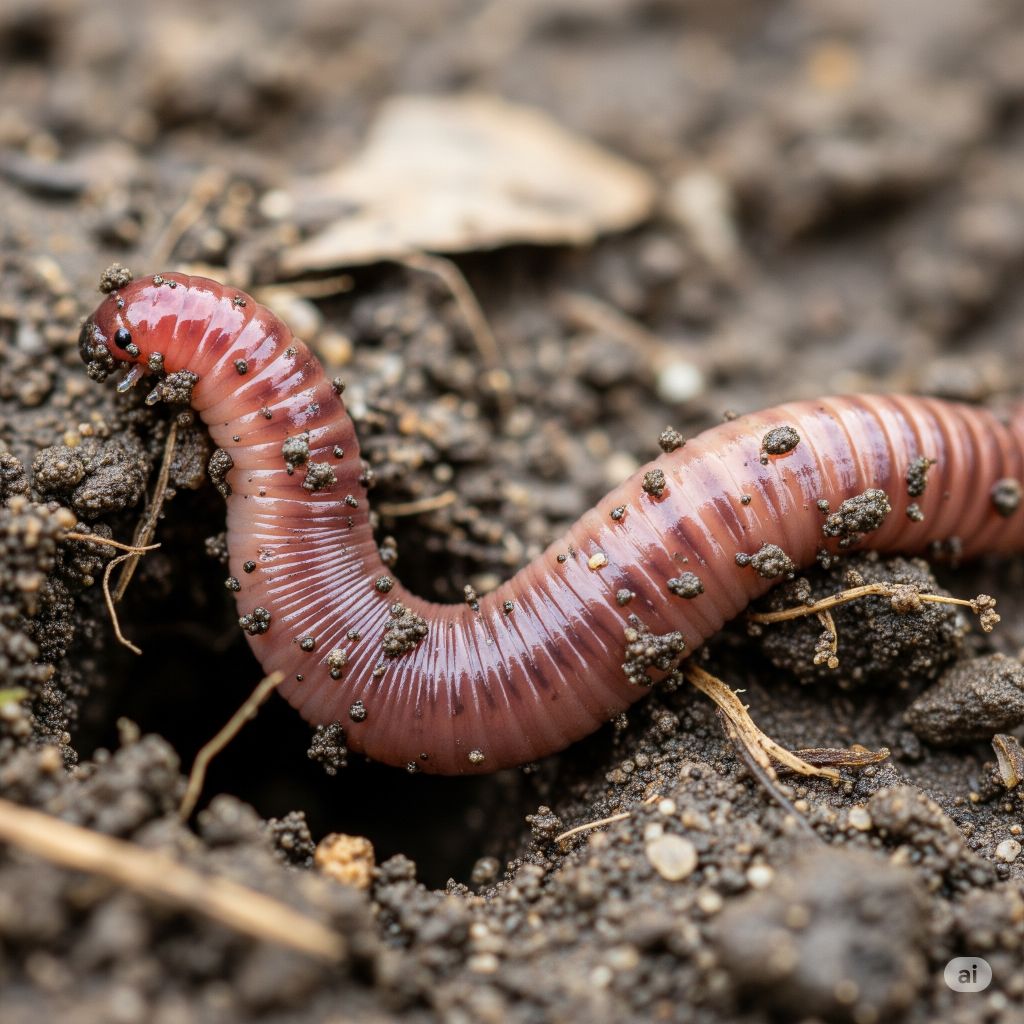
Earthworms are classic examples of annelids that move via peristaltic motion, slithering through soil to aerate and enrich it.
- Habitat: Soil, compost, and leaf litter
- Movement: Muscular contractions and bristles (setae) for grip
Fun Fact: Earthworms have five pairs of hearts and can regenerate parts of their body.
4. Leeches
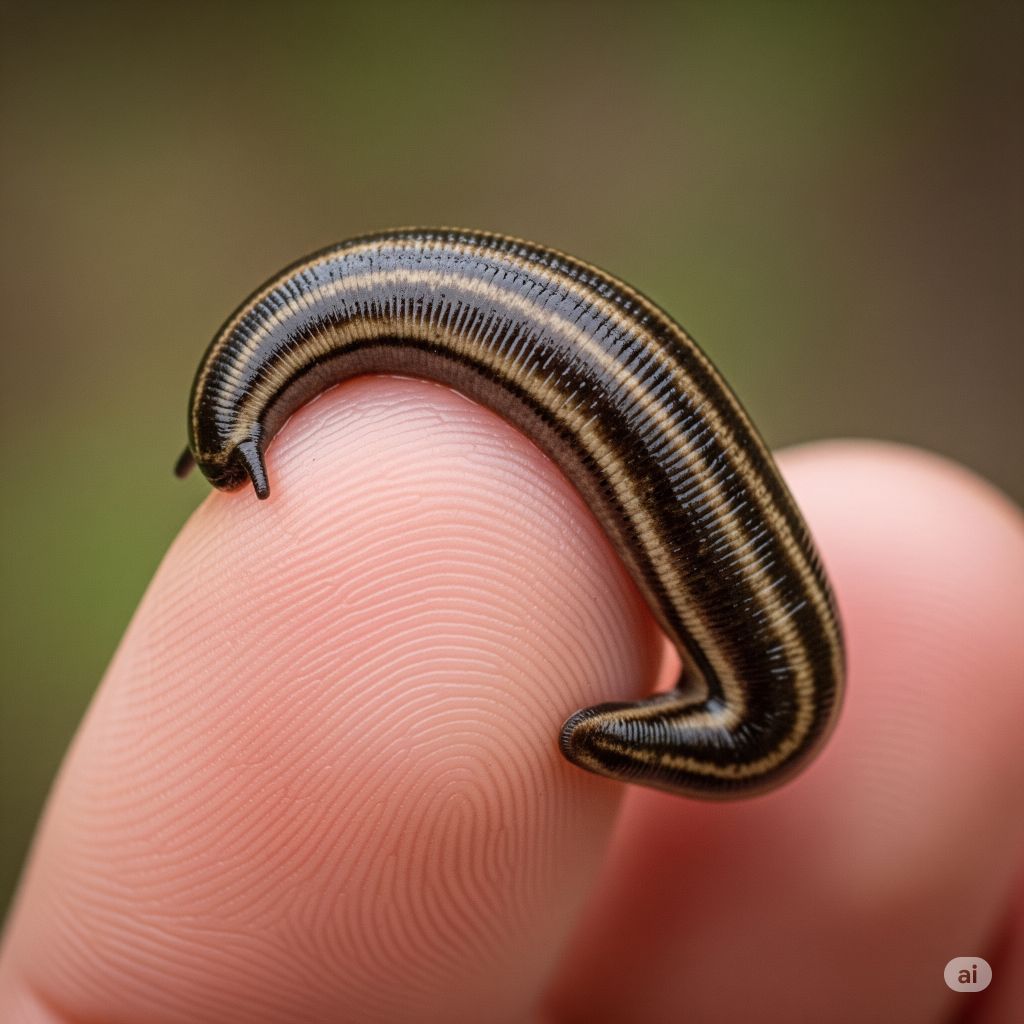
Leeches, also annelids, slither through water or wet environments using suction pads and muscle contraction.
- Habitat: Freshwater, damp forests, and swamps
- Traits: Some are parasitic and feed on blood
Fun Fact: Medicinal leeches are used in surgeries to restore blood circulation.
5. Flatworms
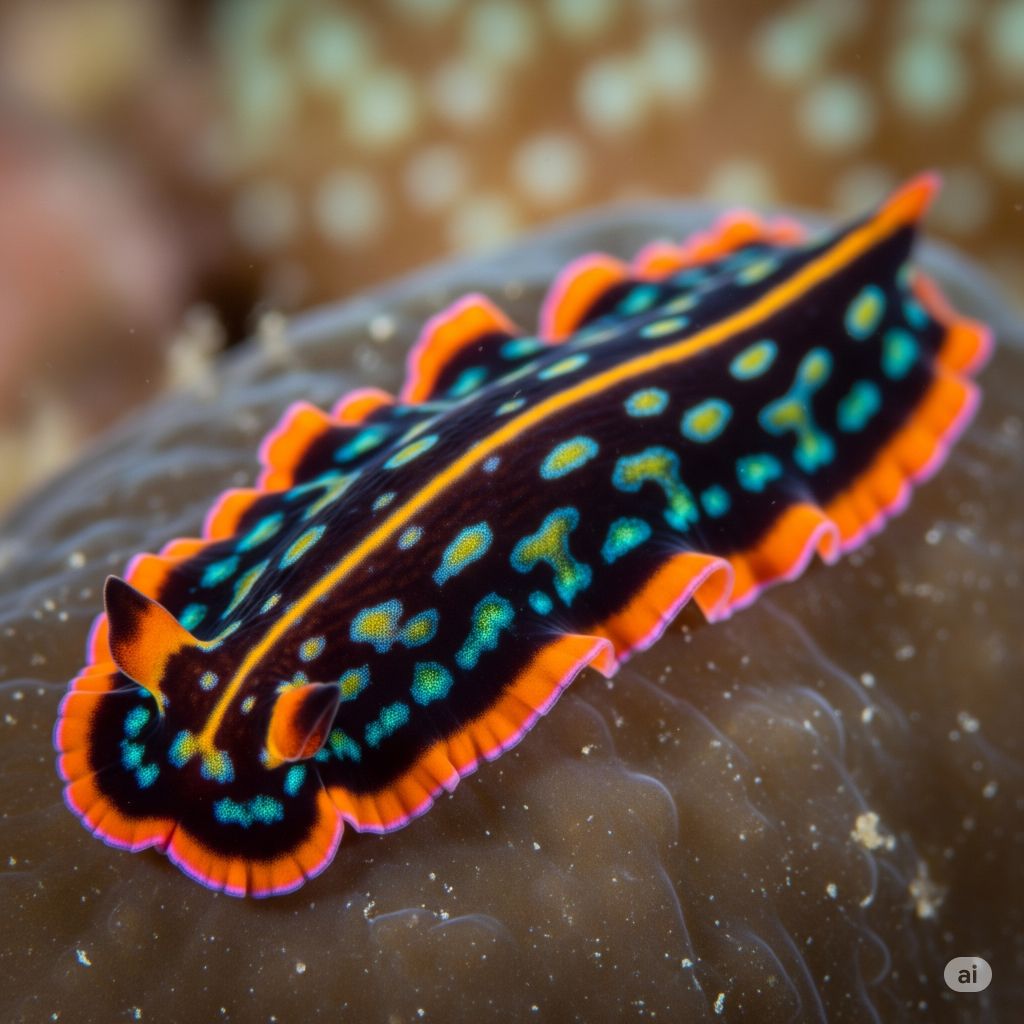
Flatworms, or Platyhelminthes, move with cilia and muscular contraction over mucus layers.
- Examples:
- Planarians
- Tapeworms
- Flukes
- Habitat: Aquatic environments, inside host organisms (parasitic forms)
Fun Fact: Planarians can regenerate entire bodies from a small fragment.
6. Slugs
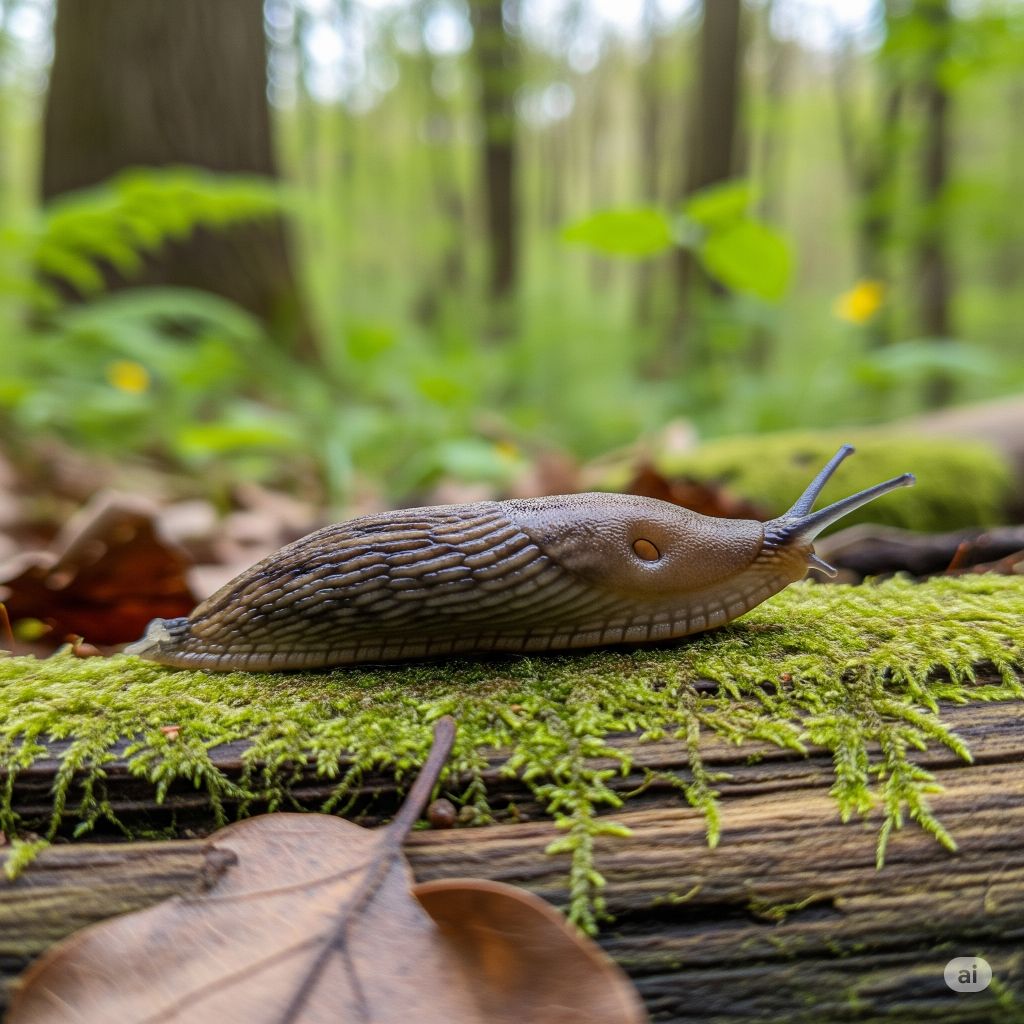
Slugs are gastropod mollusks that slither using a large muscular “foot” and secrete mucus to ease movement.
- Habitat: Gardens, forests, wetlands
- Traits: Soft-bodied, nocturnal, herbivorous
Fun Fact: Slugs can stretch to twice their length to squeeze through narrow gaps.
7. Snails
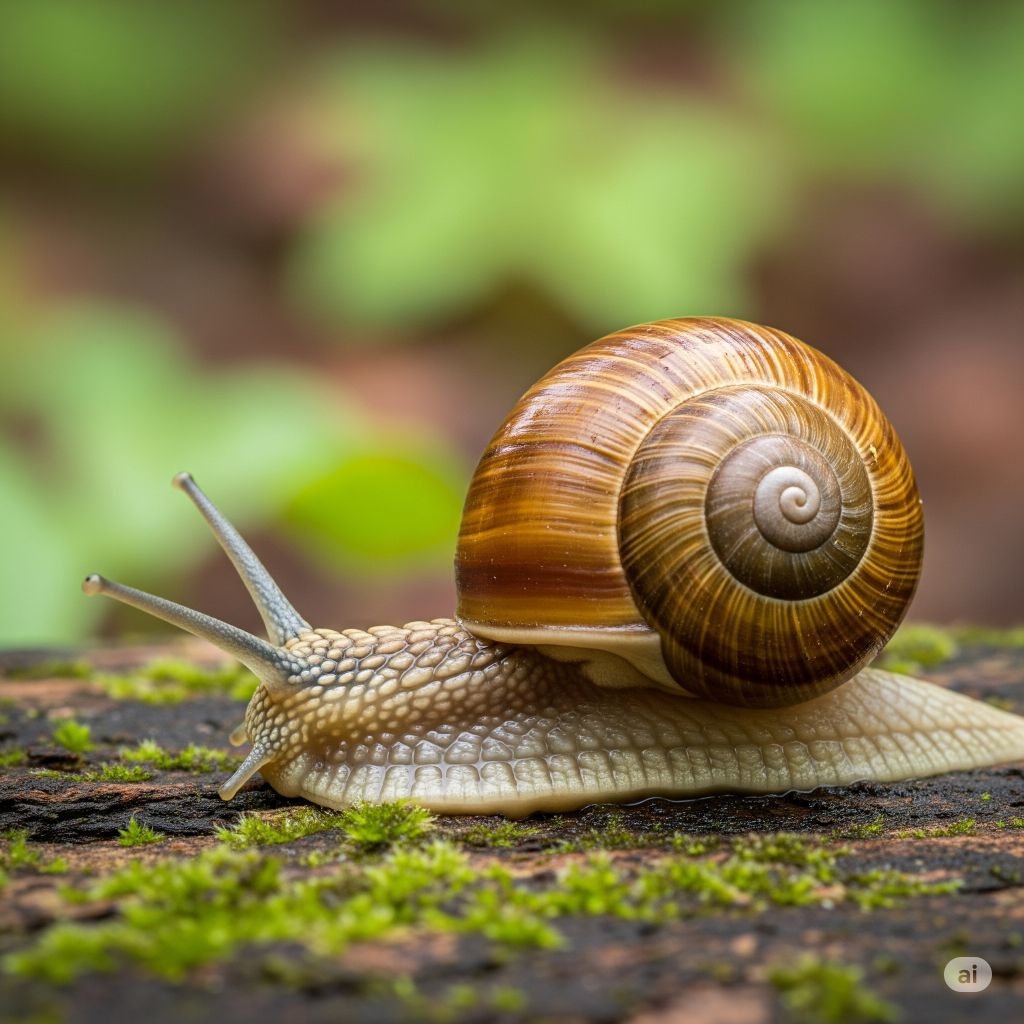
Snails, closely related to slugs, also slither on their muscular foot while carrying a coiled shell.
- Habitat: Land, freshwater, and oceans
- Traits: Slow-moving, shell-covered, produce slime trails
Fun Fact: The African giant snail can grow over 8 inches long.
8. Caterpillars
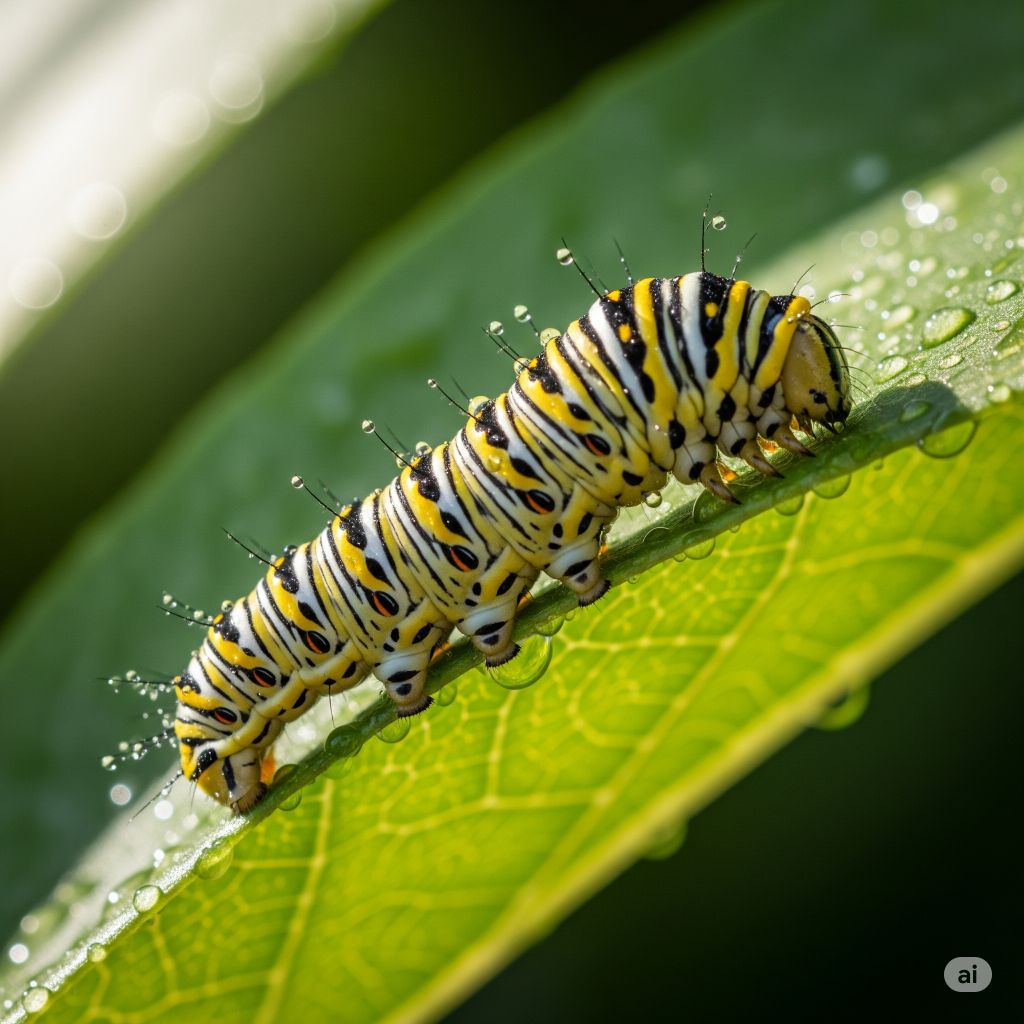
Though many use small legs, certain types like inchworms slither in looping, accordion-like motions.
- Habitat: Plants, trees, bushes
- Traits: Larval stage of butterflies and moths
Fun Fact: Inchworms appear to “measure” their path, hence their name.
🐟 Aquatic Animals That Slither
9. Eels
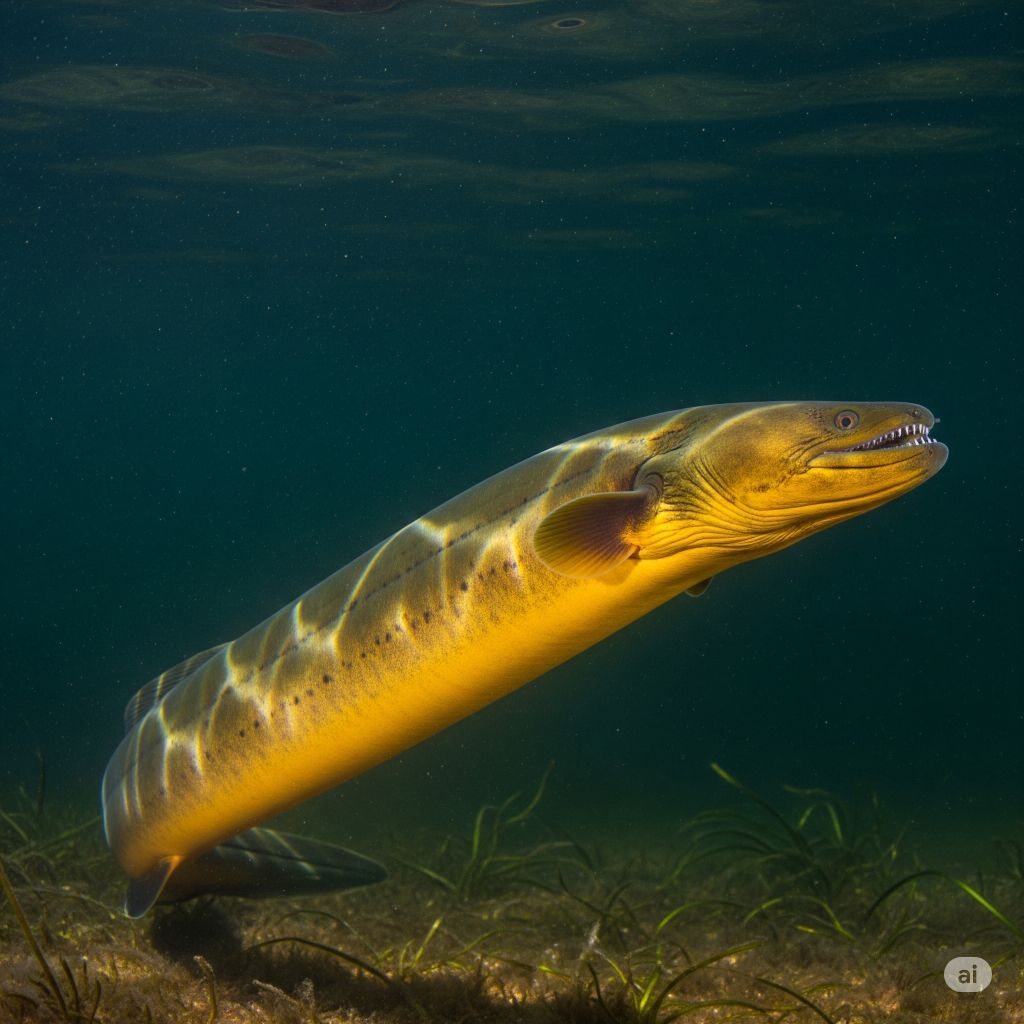
Eels are fish that resemble snakes, using lateral body waves to slither through water.
- Examples:
- Moray Eel
- Electric Eel (technically a knifefish)
- American Eel
- Habitat: Freshwater rivers, oceans, coral reefs
- Traits: Long bodies, carnivorous, some electric
Fun Fact: Some eels can travel over land in wet conditions to find water.
10. Hagfish
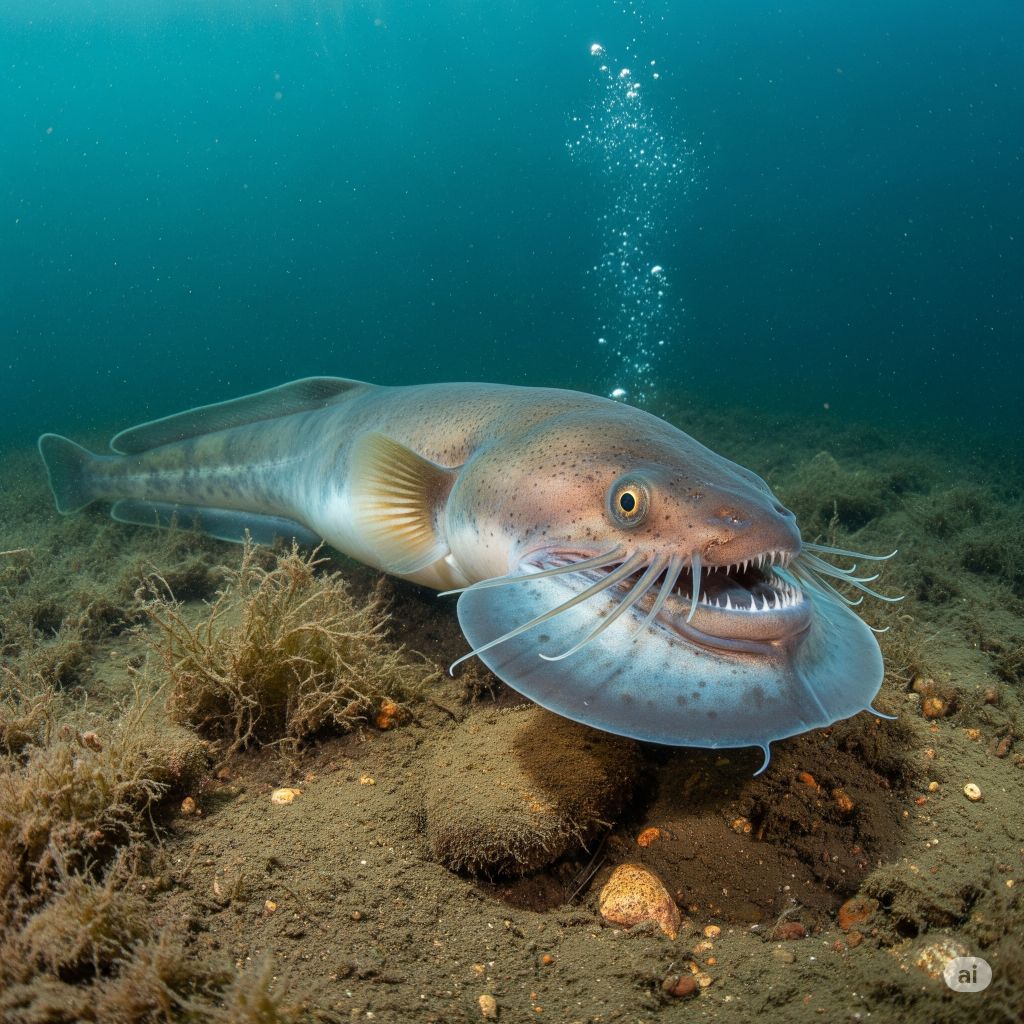
Primitive jawless fish known for slithering and producing copious slime as a defense.
- Habitat: Deep sea floors
- Traits: No bones or eyes, scavengers
Fun Fact: A single hagfish can fill a bucket with slime in minutes.
11. Lampreys
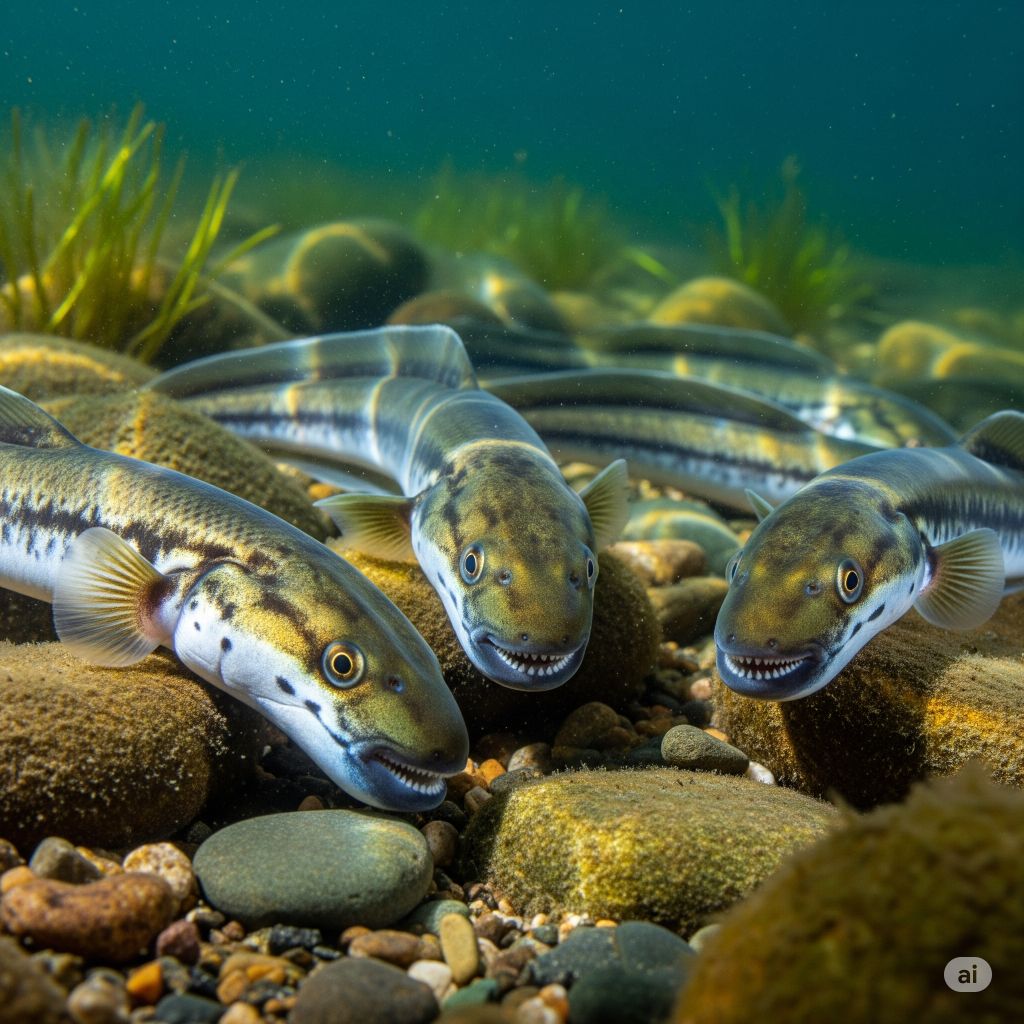
Another jawless fish that slithers and clings to hosts with a toothed, sucker-like mouth.
- Habitat: Coastal and freshwater
- Traits: Parasitic species feed on blood of other fish
Fun Fact: Their bodies are cartilaginous like sharks.
🐸 Amphibians That Slither
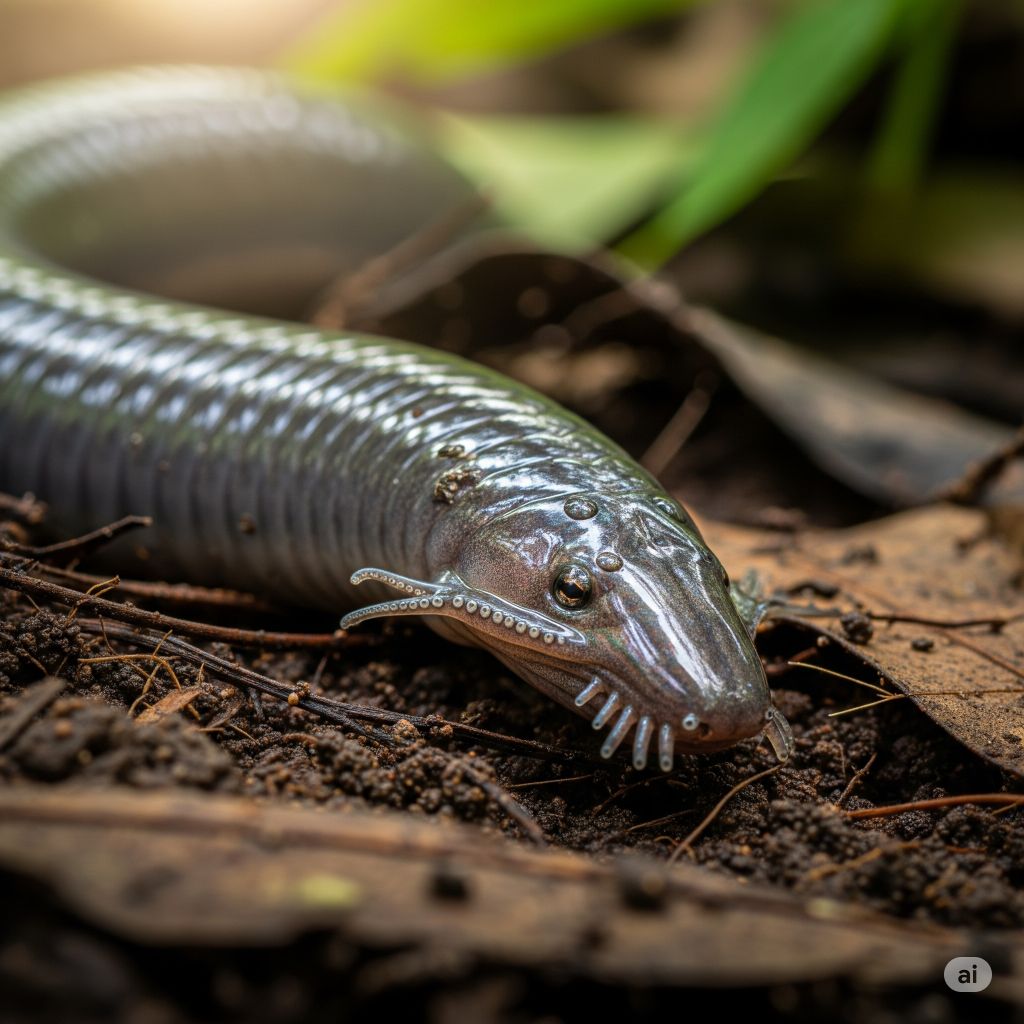
12. Caecilians
Worm-like amphibians with no limbs. Often mistaken for snakes or worms.
- Habitat: Underground in tropical soils, wetlands
- Traits: Moist skin, some give birth to live young
Fun Fact: Some caecilian mothers feed their young by shedding skin rich in nutrients.
13. Salamanders (Certain species)
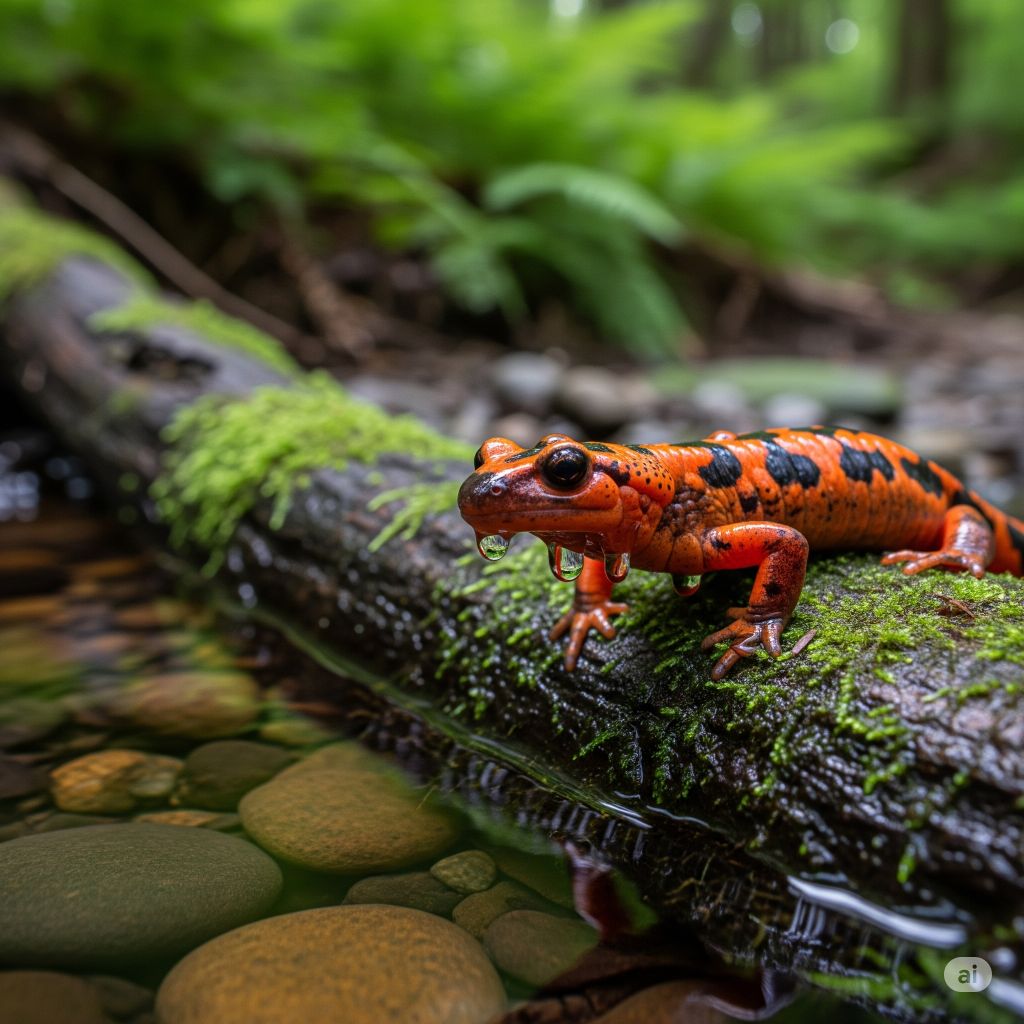
Some salamanders, especially aquatic ones like sirens, slither rather than walk.
- Examples:
- Two-toed Amphiuma
- Sirens
- Habitat: Wetlands, ponds, underground burrows
Fun Fact: Some salamanders can regrow lost limbs and organs.
🌍 Other Slithering Creatures
14. Sidewinder Snakes
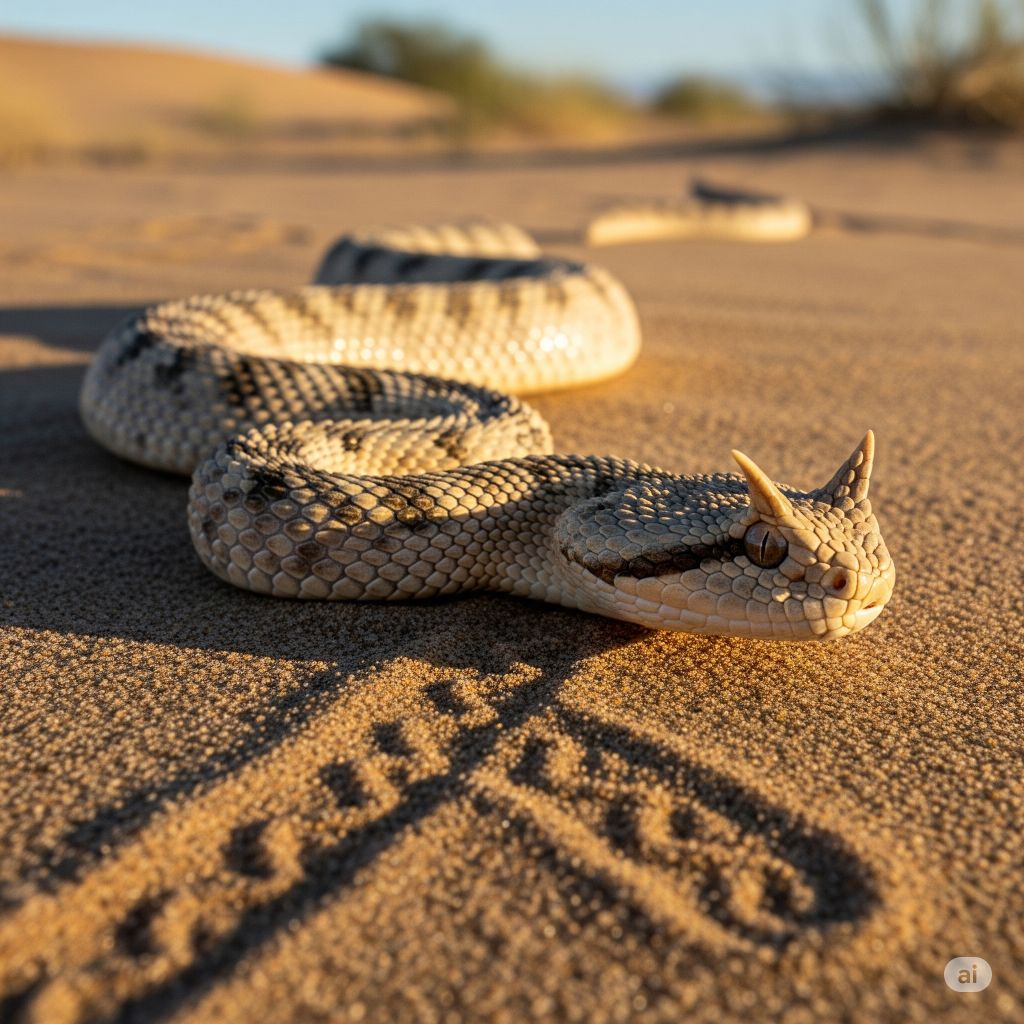
While technically snakes, they deserve special mention for their unique slithering style adapted to hot deserts.
- Movement: Sidewinding keeps minimal contact with hot sand
- Habitat: Deserts in North America and Africa
Fun Fact: Their tracks are J-shaped due to the sideways motion.
15. Sea Cucumbers
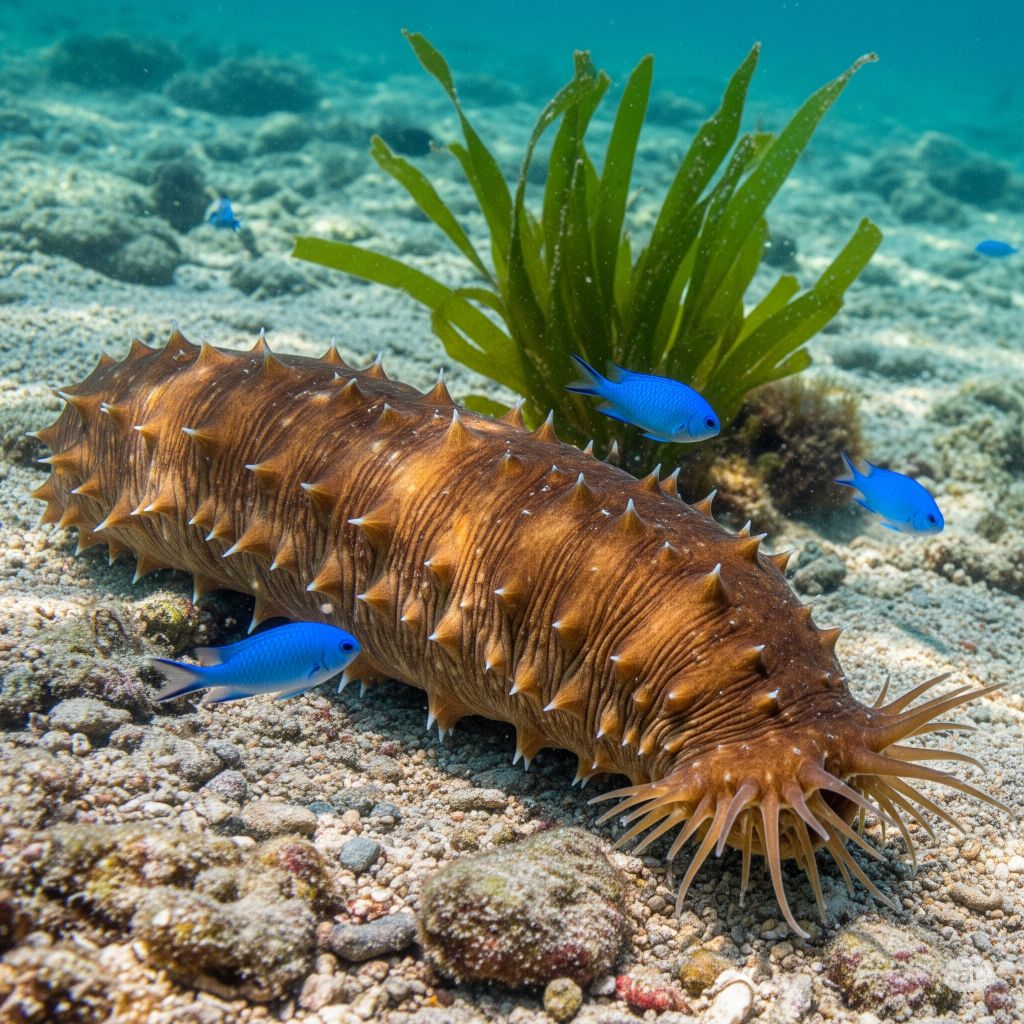
These echinoderms slither slowly on the ocean floor using tiny tube feet and body contractions.
- Habitat: Coral reefs, seafloor
- Traits: Soft-bodied, detritivores
Fun Fact: They eject internal organs as a defense mechanism—then regenerate them!
16. Millipedes and Centipedes (Partially Slither)
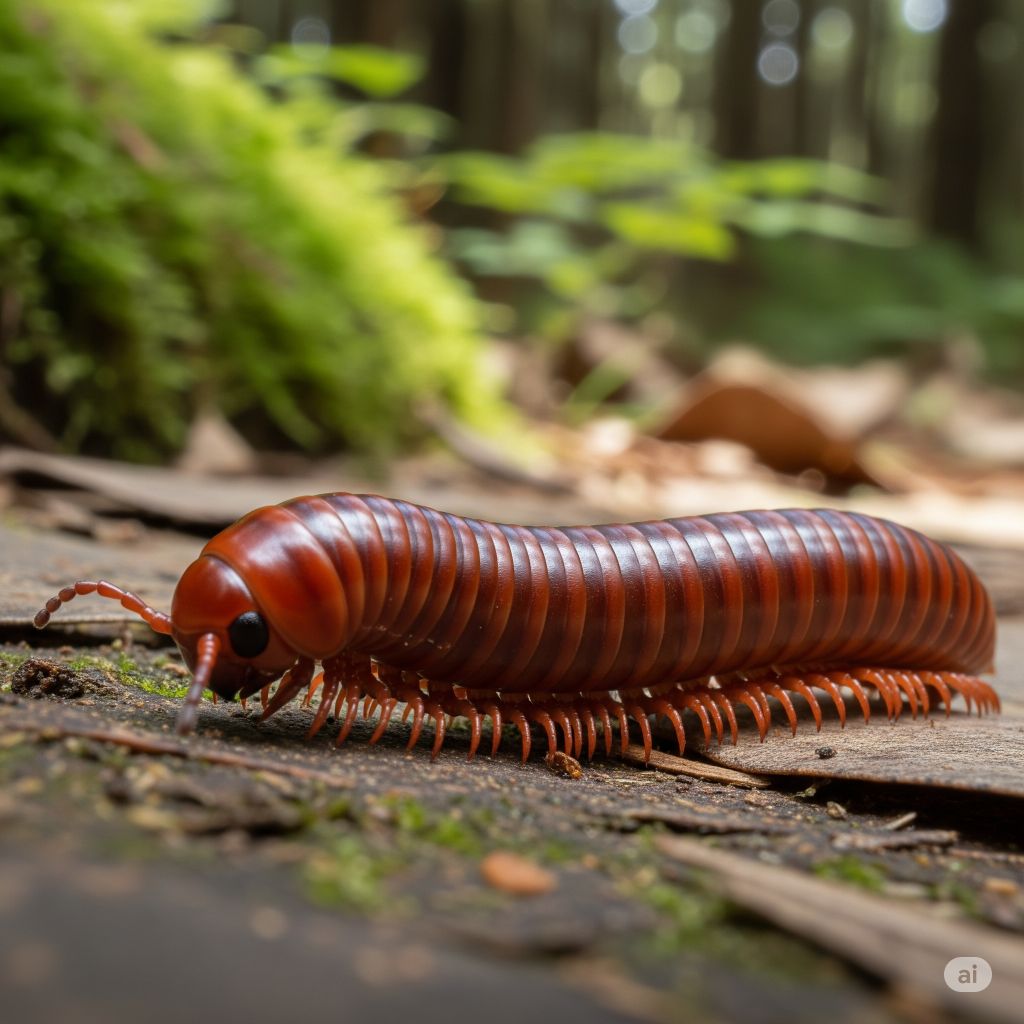
Although they have many legs, their wave-like motion creates a slithering illusion.
- Habitat: Soil, decaying logs, under stones
- Traits: Millipedes are detritivores; centipedes are venomous hunters
Fun Fact: Despite their names, they rarely have exactly 1,000 or 100 legs.
🧠 How Slithering Works: Modes of Movement
Animals that slither use several methods depending on body structure:
- Lateral Undulation: Side-to-side waves (snakes, eels)
- Rectilinear Movement: Straight-line crawling (some heavy snakes)
- Concertina Motion: Accordion-like bending in tight spaces
- Peristalsis: Muscle waves (worms, leeches)
- Cilia Motion: Microscopic hair movement (flatworms)
🔍 Why Slither?
Slithering offers several evolutionary advantages:
- Navigating narrow burrows or vegetation
- Energy efficiency on land or water
- Silent, stealthy hunting and defense
- Adaptability in limbless or reduced-limb forms
Why Slither? Evolutionary Advantages
Slithering excels in habitats packed with obstacles—burrows, dense vegetation, narrow crevices. Limbs can be liabilities where a streamlined form is needed to hunt, hide, or burrow.
2. Energy Efficiency
Long muscles and scale/friction management allow for energy-conserving movement. Though slithering isn’t always “fast,” it’s highly efficient for slow, persistent travel over soft or irregular terrain.
3. Versatility
Slitherers can climb, swim, and (occasionally) even glide. For instance, some Southeast Asian snakes flatten their bodies and undulate in the air to move from tree to tree.
4. Predation and Defense
A limbless, flexible body can suddenly coil to strike, constrict, or escape predators. Tail autotomy in some lizards and worms distracts attackers, granting a vital moment to get away.
The Diversity of Slithering Animals
Below is a table illustrating some of the main groups, their characteristics, and ecological roles:
| Animal | Slithering Method | Key Adaptations | Primary Habitat |
|---|---|---|---|
| Snakes | Serpentine, concertina, sidewinding, rectilinear | Scales, long muscles, flexible ribs | Everywhere but Antarctica |
| Legless Lizards | Lateral undulation | Eyelids, detachable tail | Grasslands, woods |
| Earthworms | Peristaltic muscle action | Bristles, segmented body | Soil, leaf litter |
| Caecilians | Peristaltic, undulatory | Moist skin, segmented body | Underground, aquatic |
| Snails/Slugs | Muscular “foot” glide, mucus | Mucus secretion, smooth foot | Gardens, forests |
| Leeches | Looped slithering | Suckers, segmented body | Wetlands, ponds |
| Flatworms | Cilia/muscle, gliding | Flattened, flexible body | Water, moist areas |
The Physics of Slithering: More Than Just Muscles
Slithering is a marvel of physics and biology working hand in hand. It relies on:
- Frictional anisotropy: Different scales or mucus reduce friction in one direction and increase it in another, allowing forward progress but resisting backsliding[6][5].
- Wave propagation: Coordinated muscle contractions pass along the body, interacting with environmental structures to generate thrust.
- Environmental context: Some moves work only on rough surfaces, while others have evolved for sand, mud, or even water.
Snakes in particular can even lift parts of their bodies slightly off the substrate as they move, reducing unnecessary drag and increasing the pressure at contact points, pushing themselves forward with remarkable efficiency.
Slithering in Culture and Science
The slithering motion, particularly of snakes, has made a deep impression on human cultures around the world. Snakes symbolize everything from danger to healing, rebirth to temptation. The Slytherin house in the Harry Potter series, for example, draws on the mystique and ambiguity of the slitherer’s form
Biologists, physicists, and engineers study slithering not only to understand evolution but to inspire new forms of robotics—machines that can access disaster zones, burrow underground, or explore extraterrestrial terrain by mimicking the undulating grace of snake movement.
Conclusion: The Art of Slithering
Animals that slither are remarkable for their versatility, efficiency, and ingenuity. Ranging from the iconic snake to unassuming earthworms, these creatures have forged a path through evolution that casts aside limbs in favor of elegance, subtlety, and stealth. They slither up trees, under leaves, through deserts and ponds—reminding us that sometimes, moving without legs can be the ultimate evolutionary advantage.
Whether admired, feared, or misunderstood, slithering animals play an essential role in our world, their motion a testament to the endless innovations of nature.
Citations:
List of Animals That Slither – Petculiars
How Do Snakes Slither? They Were Built for It – Willy’s Wilderness

94% of pet owners say their animal pal makes them smile more than once a day. In 2007, I realized that I was made for saving Animals. My father is a Vet, and I think every pet deserves one. I started this blog, “InPetCare”, in 2019 with my father to enlighten a wider audience.
